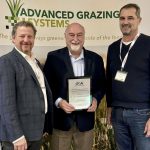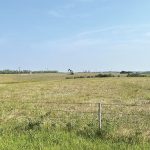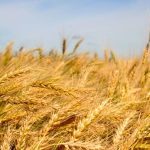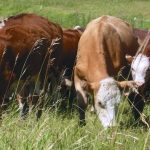Overall spring planting in Manitoba reached eight per cent complete as of May 6, with some areas of the province much further along, the latest provincial crop report said.


Most fields still have good soil moisture


A herbicide application after a hard frost can hit the noxious weed where it lives

Business to be 'fully transitioned' after 2024 season

Without rain, many farmers could find themselves short

Hay yields generally below average; pasture conditions were deteriorating due to dryness

Start the grazing season with a plan and lower cost of production over time

Affected producers in southwestern, west-central areas eligible

Moisture is a main determinant of silage quality, but that becomes an issue if the custom operator is busy

Technique requires proper considerations for nutrient content and stocking rate